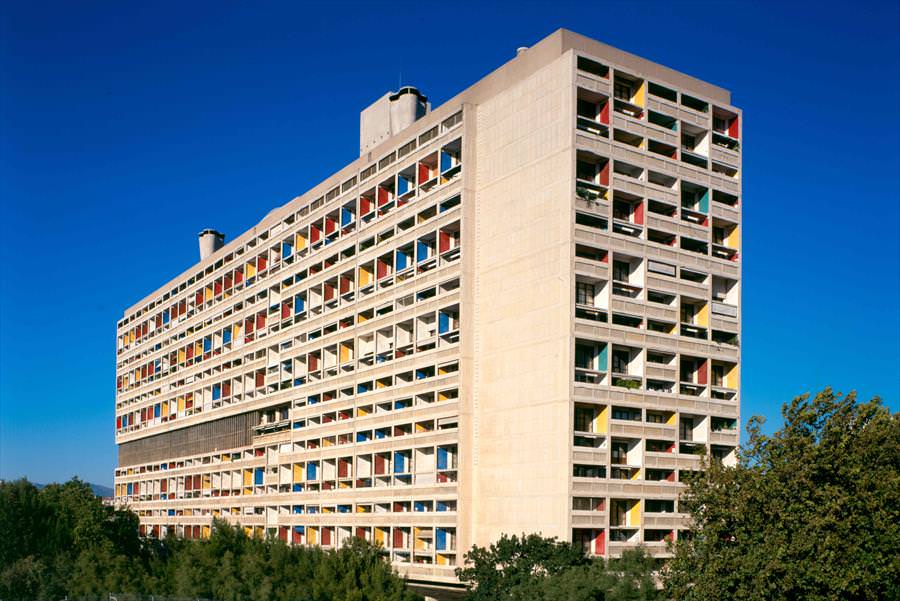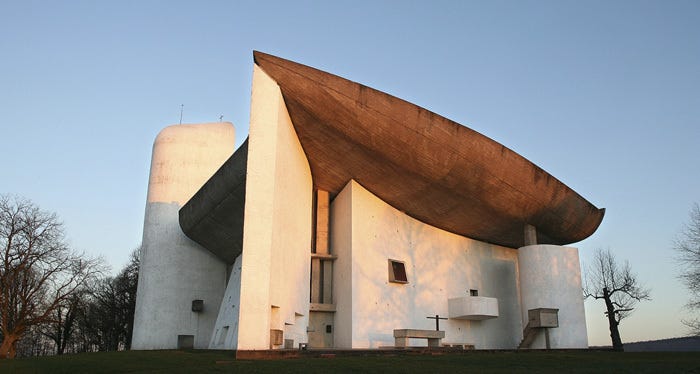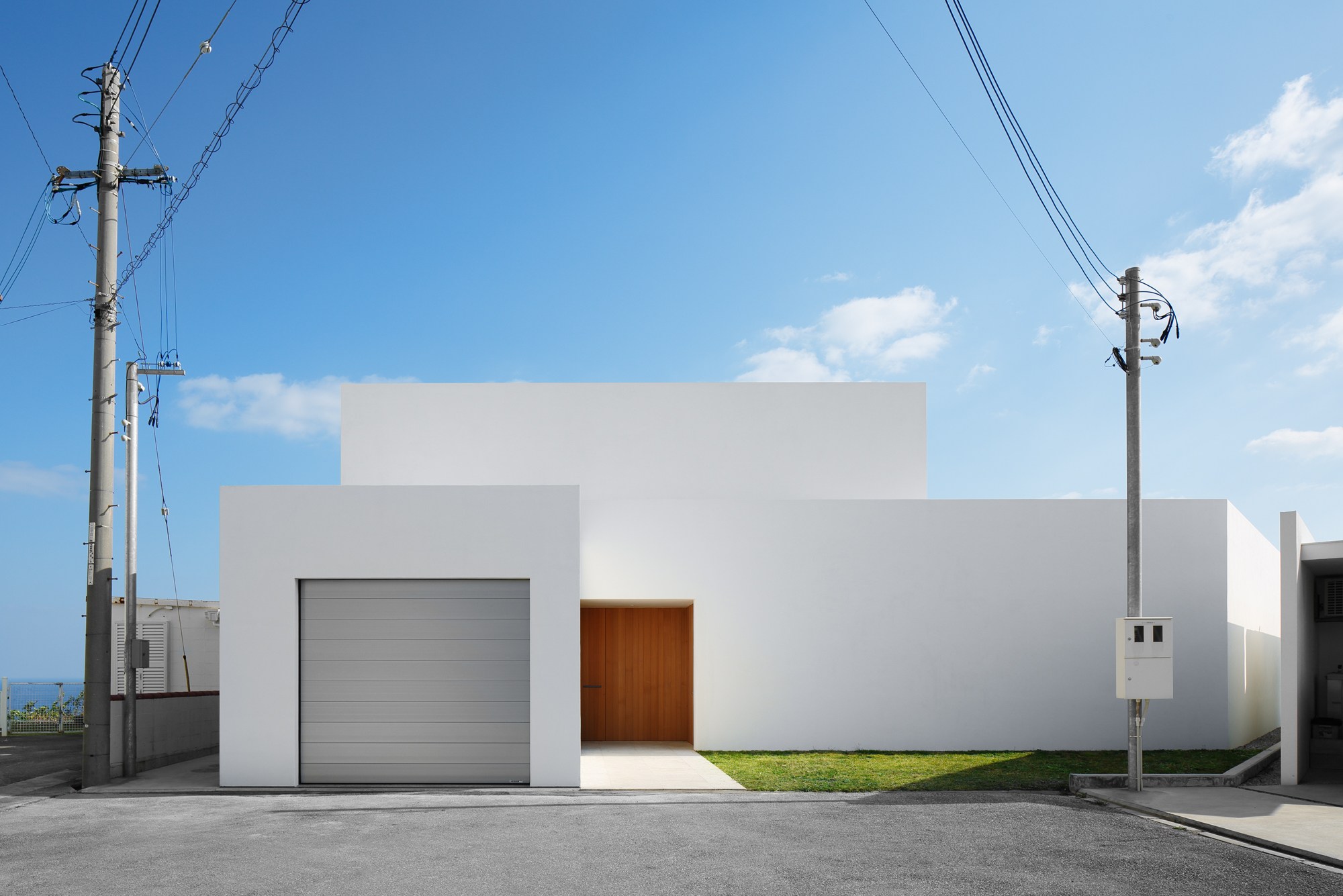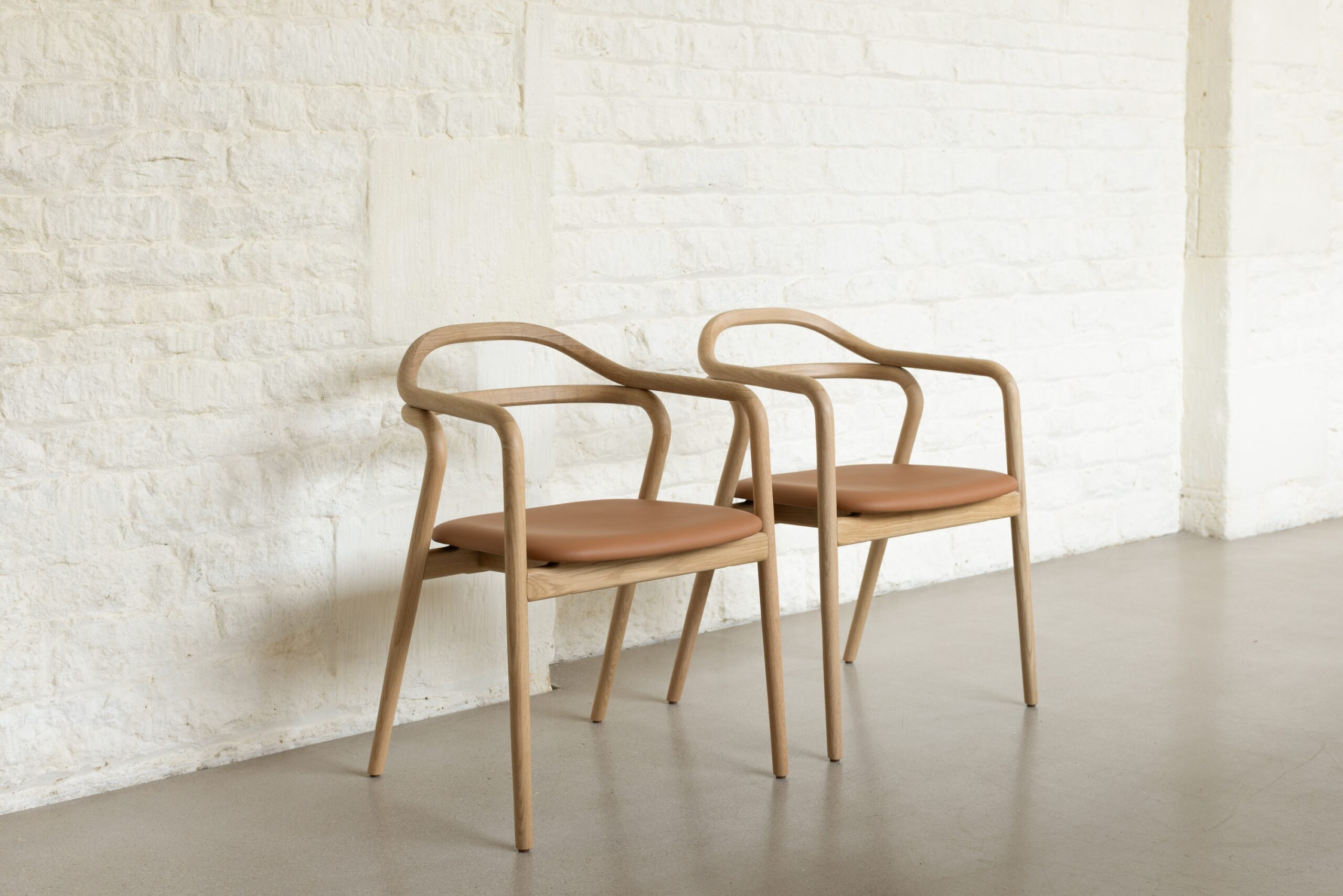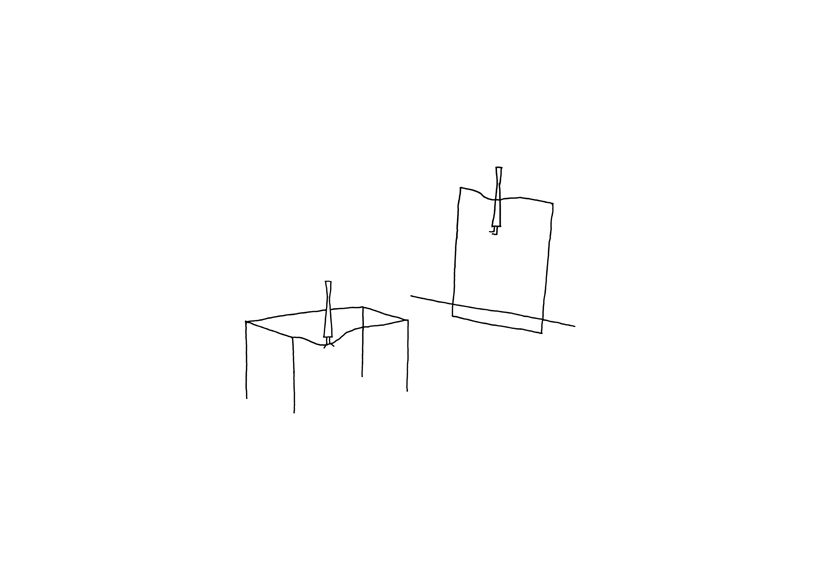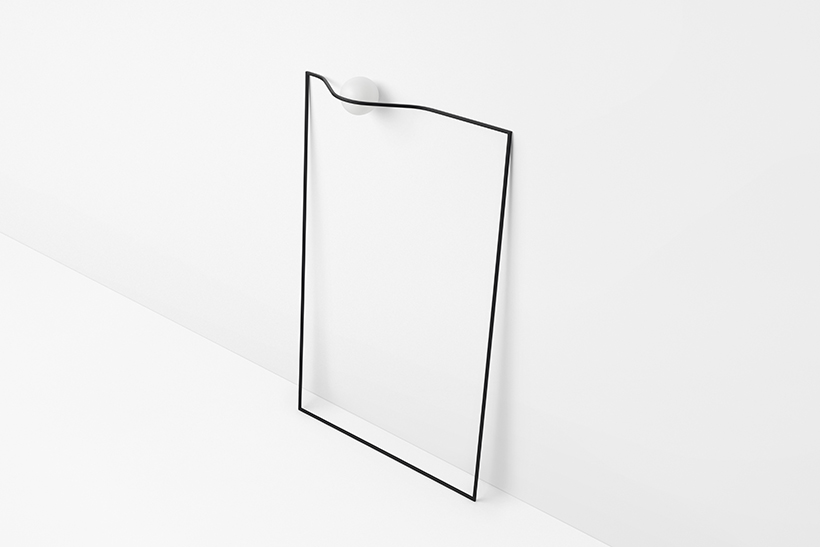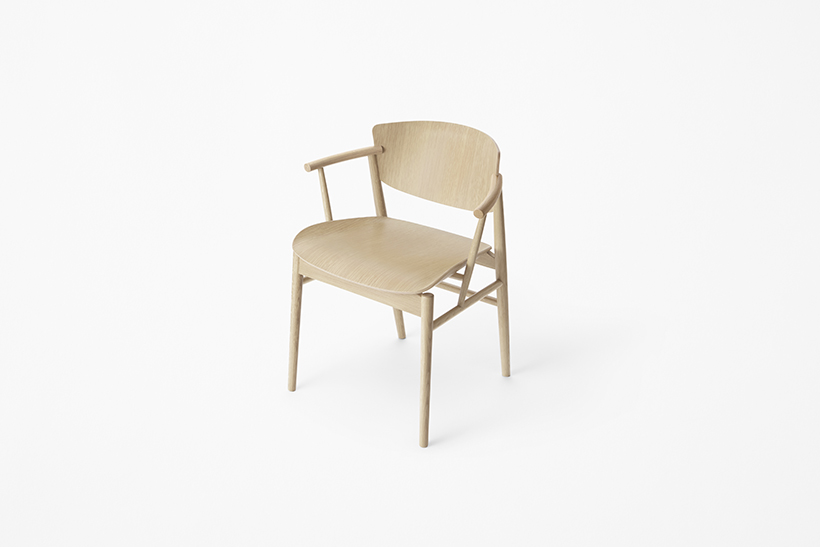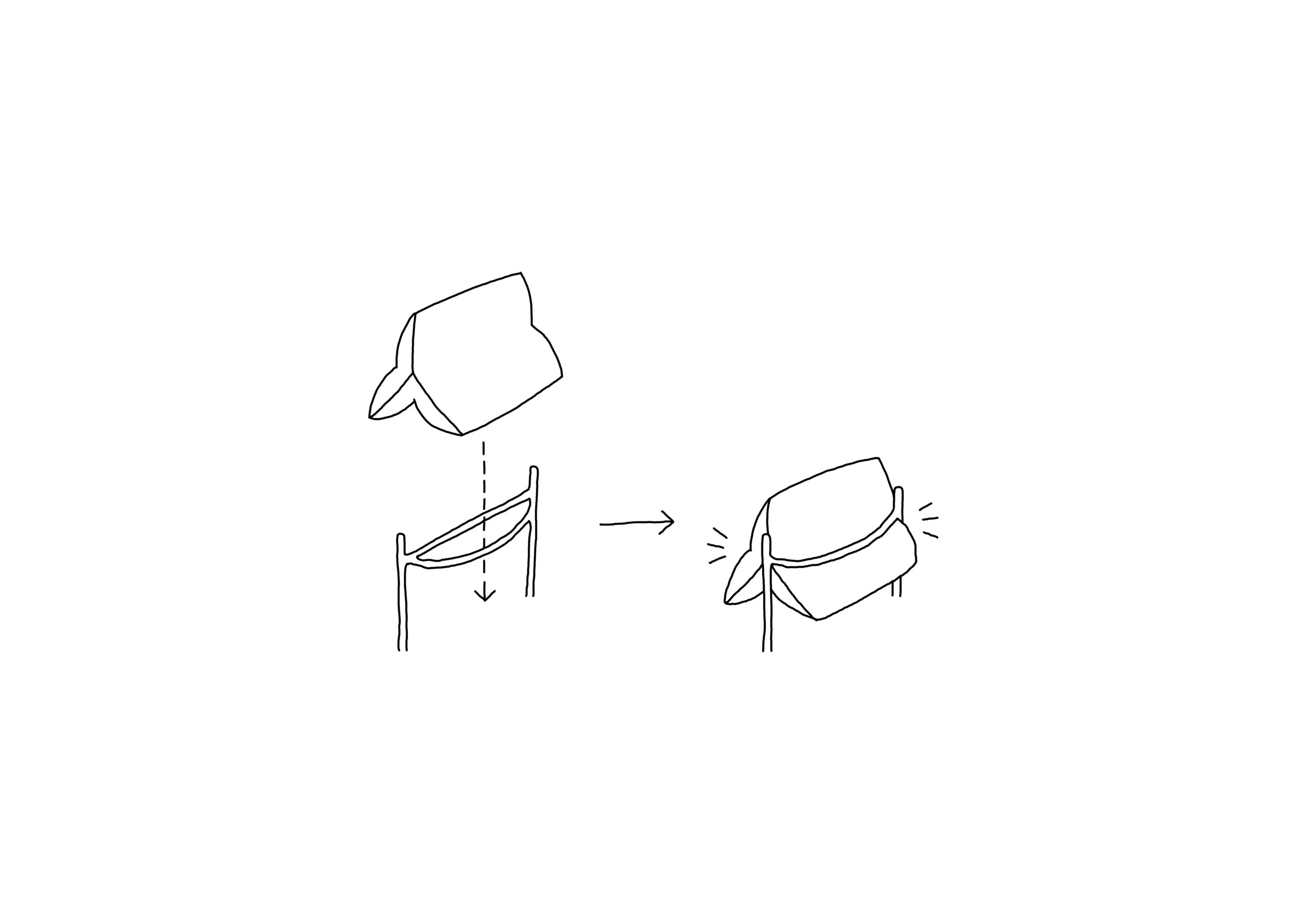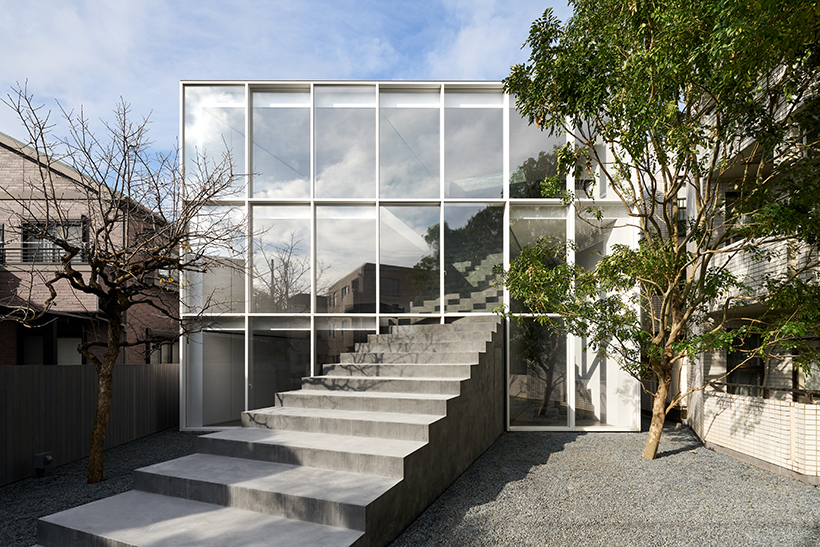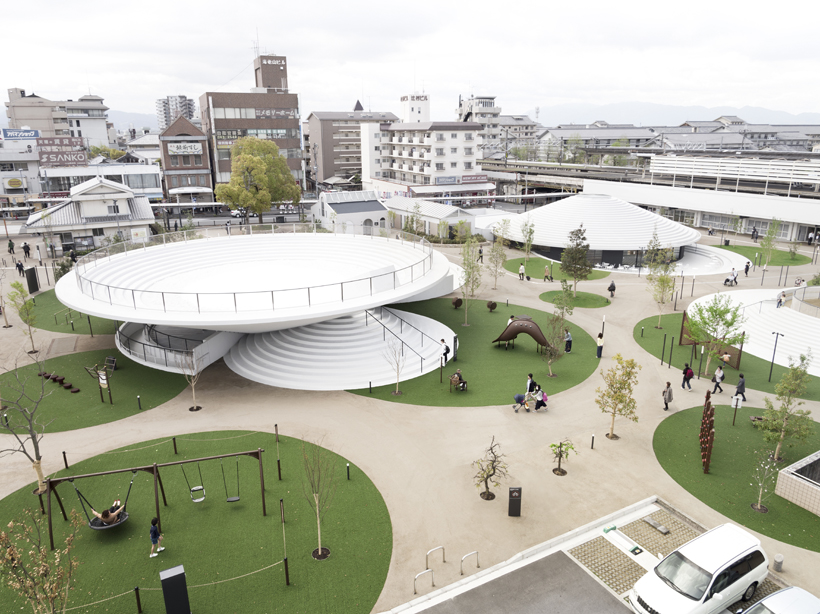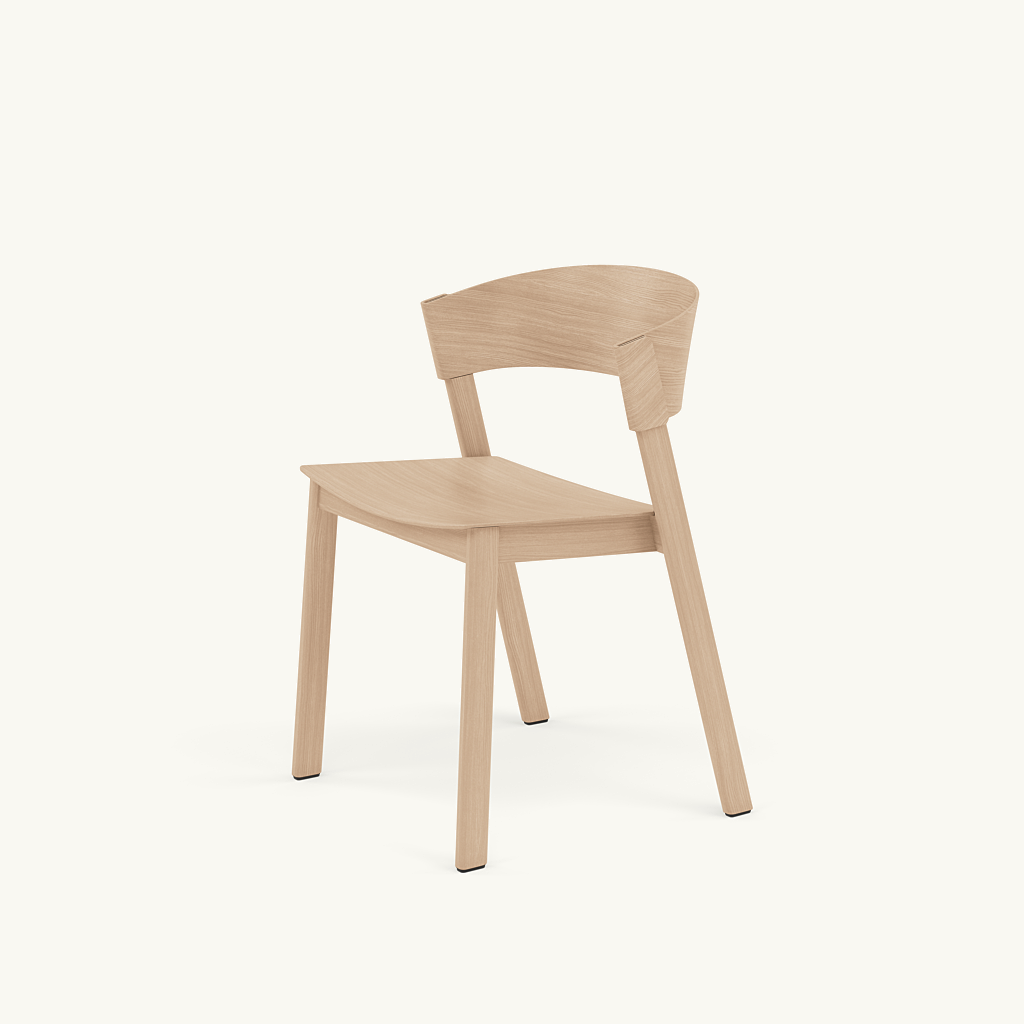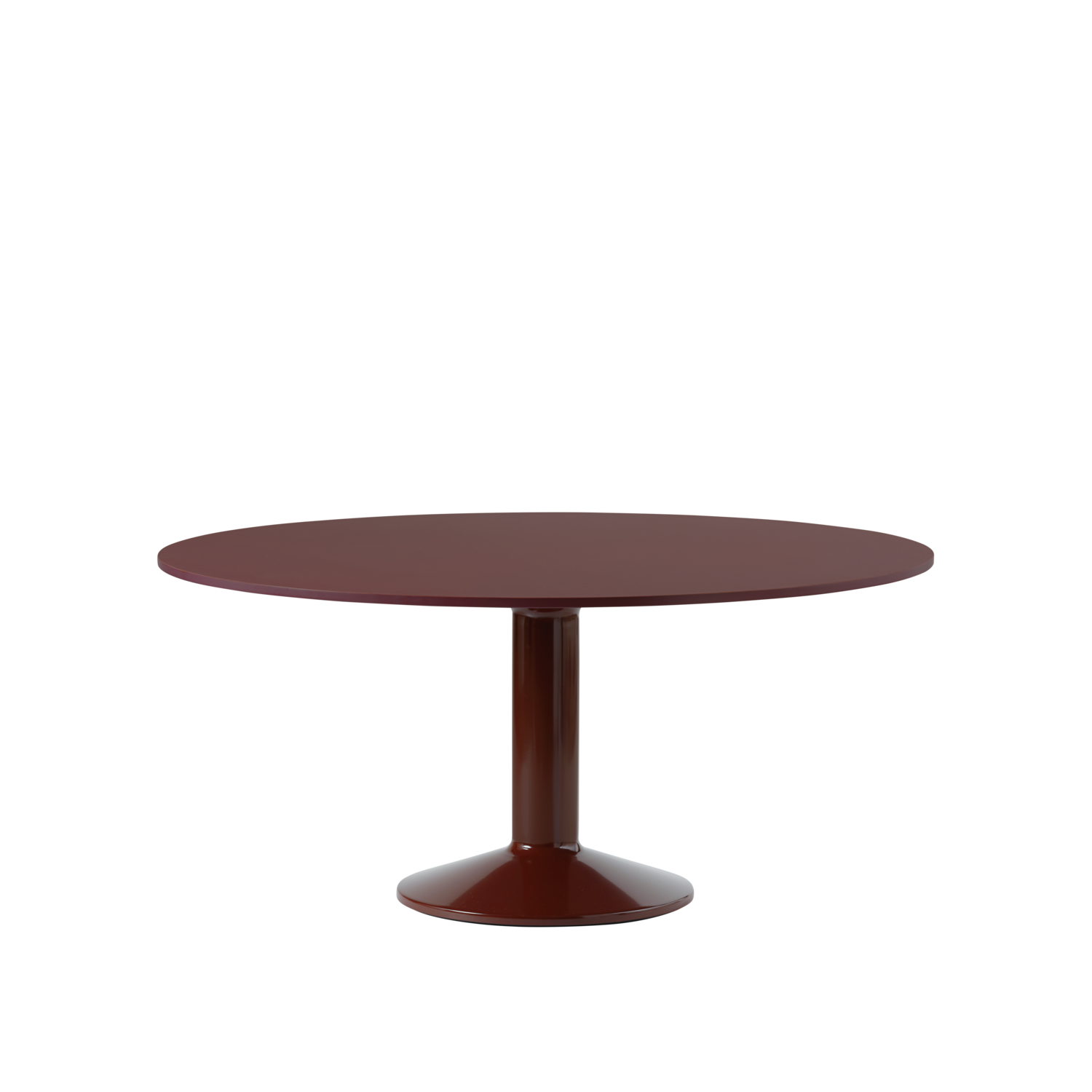Minimalism in design and architecture has been a dominant trend for several years and continues to shape the industry in 2024. This design philosophy emphasizes simplicity, functionality, and the idea that “less is more.” By focusing on clean lines, uncluttered spaces, and a restrained color palette, minimalist design creates a sense of calm and order.
Principles of Minimalist Design
At the core of minimalist design is the principle of functionality. Every piece is crafted with a specific purpose in mind, eliminating unnecessary elements that do not contribute to its primary function. This results in designs that are both practical and aesthetically pleasing, offering a timeless appeal.
Materials and Color Palette
Materials play a crucial role in minimalist design. High-quality, durable materials such as wood, metal, and glass are preferred for their natural beauty and longevity. These materials are often used in their raw or minimally processed states, highlighting their inherent textures and colors. The use of neutral tones, such as whites, blacks, grays, and natural wood finishes, enhances the serene and uncluttered look characteristic of minimalist interiors.
Space and Functionality
The design process for minimalist architecture and furniture often involves a careful consideration of space. Designers aim to create pieces that not only fit seamlessly into various environments but also enhance the overall spatial experience. This means that designs are versatile and adaptable, often with multifunctional capabilities. For example, a minimalist coffee table might include hidden storage compartments, or a sofa might be convertible into a bed.
Sustainability and Minimalism
Minimalism also encourages sustainability. By valuing quality over quantity and favoring timeless designs over trends, minimalist design can reduce waste and promote a more sustainable lifestyle. The focus on durable materials and craftsmanship ensures that pieces are built to last, reducing the need for frequent replacements.
Furthermore, minimalist design can significantly impact the ambiance of a space. It promotes a clutter-free environment that can lead to increased mental clarity and relaxation. The simplicity of the design allows other elements of the room, such as artwork or architectural features, to stand out and be appreciated.
Iconic Figures in Minimalist Design
Ludwig Mies van der Rohe
Ludwig Mies van der Rohe is renowned for his impeccable minimalist design approach, which seamlessly blends simplicity, functionality, and elegance. His work is characterized by clean lines, uncluttered spaces, and a thoughtful use of materials, all of which contribute to a sense of calm and sophistication. At the heart of Mies van der Rohe’s design philosophy is the principle of “less is more.” This approach involves stripping away unnecessary elements to focus on the essential, creating spaces that are both beautiful and practical.
Key Elements in Mies van der Rohe’s Designs:
- Clean Lines and Simple Forms
- Neutral Color Palettes
- Natural Materials
- Functional Furniture
Bauhaus Influence
The minimalist movement, which emerged in the mid-20th century, was heavily influenced by the ideas and aesthetics of Bauhaus. Key aspects of this influence include:
- Geometric Abstraction: Minimalist design often features geometric shapes and forms, a direct inheritance from Bauhaus principles. This focus on basic shapes creates a sense of order and harmony.
- Functionalism: Both Bauhaus and minimalism prioritize functionality. Every element in a minimalist design serves a purpose, echoing the Bauhaus belief that design should be practical and useful.
- Material Honesty: Bauhaus promoted the use of materials in their natural state, celebrating their inherent qualities. Minimalist design similarly favors the honest expression of materials, such as exposed concrete, natural wood, and metal.
- Reduction to Essentials: The minimalist ethos of reducing designs to their essential elements is rooted in Bauhaus teachings. By removing superfluous details, both movements aim to achieve a purity of form and function.
Le Corbusier
Le Corbusier, born Charles-Édouard Jeanneret-Gris, was a revolutionary architect, designer, and urban planner whose work profoundly influenced modern architecture and design. A key figure in the development of minimalism, Le Corbusier’s ideas and projects continue to inspire designers seeking to create functional and aesthetically pure spaces.
Philosophy and Principles:
- Form Follows Function: Le Corbusier believed that the form of a building should be determined by its intended function. This principle aligns with minimalist ideals, where design elements are stripped down to their essential purpose.
- Purity of Form: He advocated for clean lines, geometric shapes, and a lack of ornamentation. This focus on purity of form is a hallmark of minimalist design, creating spaces that are visually uncluttered and harmonious.
- Open Floor Plans: Le Corbusier was a pioneer in the use of open floor plans, promoting flexible and adaptable living spaces. This concept is central to minimalist interiors, where open, airy spaces are preferred over compartmentalized rooms.
- Use of Modern Materials: He embraced modern materials such as concrete, glass, and steel, using them in innovative ways. This honest expression of materials is a key aspect of minimalism, celebrating the inherent qualities of each material.
Iconic Works:
- Villa Savoye: One of his most famous works, Villa Savoye, embodies the principles of minimalism with its clean lines, functional design, and open spaces. The building’s simplicity and elegance have made it an iconic example of modernist architecture.
- Unité d’Habitation: This residential building in Marseille showcases Le Corbusier’s innovative use of concrete and his commitment to functional living spaces. The design’s emphasis on community and efficient use of space reflects minimalist values.
- Notre Dame du Haut: Although more sculptural in form, this chapel demonstrates Le Corbusier’s ability to create powerful, minimalist spaces. The building’s simple, bold forms and use of natural light create a serene and contemplative environment.
Contemporary Innovators in Minimalist Design
John Pawson
John Pawson is a contemporary designer renowned for his minimalist approach. His work spans architecture, interiors, and furniture design, all characterized by a rigorous simplicity and a meticulous attention to detail. Pawson’s designs often feature natural materials and a restrained color palette, creating spaces that are serene and contemplative.
Nendo
Founded by Oki Sato, Nendo is a Japanese design studio known for its minimalist and playful approach to design. Nendo’s work often features clean lines, innovative use of materials, and a sense of whimsy. Their designs are both functional and aesthetically pleasing, offering a fresh perspective on minimalism.
Muuto
Muuto is a Danish design company that embraces the principles of Scandinavian minimalism. Their furniture and home accessories are characterized by simplicity, functionality, and craftsmanship. Muuto’s designs often incorporate natural materials and muted colors, creating elegant and understated pieces.
Patricia Urquiola
Patricia Urquiola is a Spanish designer whose work blends minimalism with a sense of warmth and comfort. Her furniture designs often feature clean lines and simple forms, combined with rich textures and inviting materials. Urquiola’s innovative approach to minimalism has made her a prominent figure in contemporary design.
Conclusion
Minimalism in design and architecture is not just a style but a way of living. It advocates for a purposeful approach to design, where each piece serves a clear function and adds value to the space it occupies. As we move further into 2024, the principles of minimalism continue to inspire designers and consumers alike, proving that simplicity and functionality are timeless ideals in the world of design.
Whether influenced by the legendary works of Mies van der Rohe, the Bauhaus movement, or contemporary innovators like John Pawson and Nendo, minimalist design remains a powerful and enduring trend. It’s a testament to the beauty of simplicity and the importance of thoughtful design in creating harmonious and sustainable spaces.








